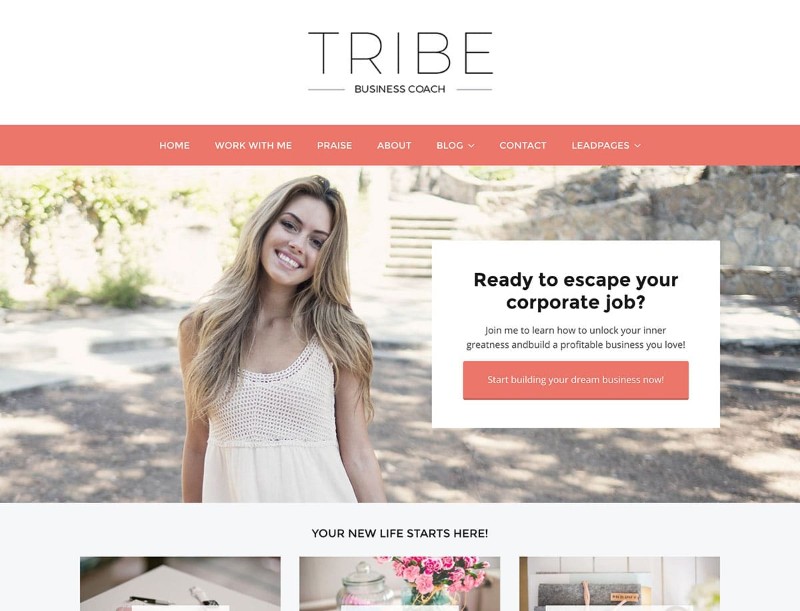Introduction
In the digital age, establishing a strong online presence is essential for the growth and success of any coaching business. A well-designed and strategically optimized website can be a powerful tool to attract clients, showcase expertise, and provide valuable resources. This article will guide you through the process of creating a compelling coaching business website that not only represents your brand but also drives meaningful engagement.
1. Understanding the Importance of a Website
In a world where information is just a click away, a coaching business website serves as your digital storefront. It’s where potential clients go to learn about your services, qualifications, and approach. A well-crafted website builds trust and credibility, making visitors more likely to consider your coaching services.
2. Defining Your Brand Identity
Before diving into the technical aspects, it’s crucial to define your brand identity. Consider your coaching philosophy, target audience, and unique selling points. Your website should reflect your brand’s personality, whether it’s professional, approachable, or innovative.
3. Choosing the Right Domain Name
Your domain name is your online address. It should be relevant, easy to remember, and closely tied to your coaching niche. Including keywords that potential clients might search for can improve your website’s search engine visibility.
4. User-Friendly Navigation
A well-organized website with intuitive navigation ensures that visitors can easily find what they’re looking for. Divide your content into sections like “About Me,” “Services,” “Testimonials,” and “Blog” to provide a seamless browsing experience.
5. Compelling Content Creation
Content is king. Craft compelling and informative content that showcases your expertise and addresses your audience’s pain points. Share success stories, informative blog posts, and valuable resources that demonstrate your commitment to helping clients achieve their goals.
6. Captivating Visual Design
Visual elements play a significant role in retaining visitors’ attention. Choose a clean and professional design that complements your brand colors. High-quality images, infographics, and videos can make your website visually engaging.
7. Mobile Responsiveness
With the majority of users browsing on mobile devices, ensuring your website is mobile-responsive is non-negotiable. A seamless experience across various devices enhances user satisfaction and improves your search engine rankings.
8. SEO Optimization
Search Engine Optimization (SEO) is vital for your website’s discoverability. Conduct keyword research to identify relevant terms for your coaching niche. Incorporate these keywords naturally into your content, meta descriptions, and headings to improve your website’s ranking on search engine results pages.
9. Contact and Call-to-Action
Make it easy for visitors to get in touch with you. Include a dedicated “Contact” page with your email, phone number, and possibly a contact form. Implement clear and compelling call-to-action buttons throughout your site to encourage visitors to take the desired actions, such as signing up for a consultation.
10. Testimonials and Social Proof
Showcasing client testimonials and success stories establishes credibility and builds trust. When potential clients see that others have benefited from your coaching, they’re more likely to believe in the value you provide.
11. Blogging for Authority
Maintaining a blog allows you to share valuable insights, tips, and industry trends. Regularly updating your blog not only provides value to visitors but also boosts your website’s SEO, making it more likely to appear in relevant search results.
12. Integrating Social Media
Connect your website to your social media profiles. This integration allows visitors to easily follow you and stay updated on your latest content and announcements.
13. Providing Resources
Offer free resources, such as ebooks, guides, or webinars, in exchange for visitors’ email addresses. This not only builds your email list but also positions you as an expert in your field.
14. Monitoring and Analytics
Set up website analytics to track visitor behavior, popular content, and conversion rates. This data provides insights into what’s working and what needs improvement, allowing you to refine your website strategy.
15. Conclusion
In the dynamic world of coaching, a well-crafted website is your gateway to success. By following these steps and investing time in creating an appealing and informative online presence, you’ll be better positioned to attract clients and make a meaningful impact in their lives.




